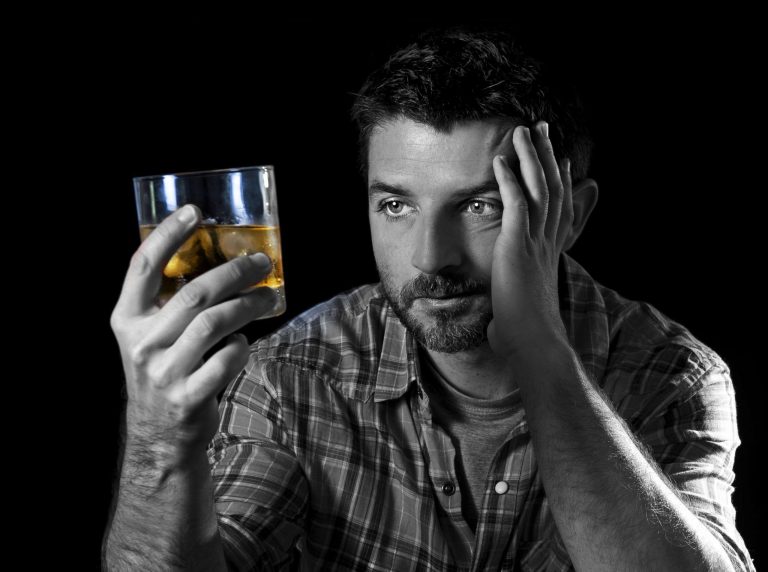For those facing alcohol use disorder, support groups like SMART Recovery and alcohol counselors offer assistance to help stop drinking and develop healthy habits. If you answered yes to several of these questions, an alcohol addiction treatment center might be beneficial for addressing substance use disorder. http://lovelylife.in.ua/eksperty-v-mire-mogyt-vvesti-pasporta-privityh-ot-koronavirysa Seeking help from a healthcare provider or addiction specialist can guide you toward the right treatment options and support a healthier lifestyle. It is important to seek treatment if you identify with several of these criteria to achieve lasting sobriety. Recovery centers treat substance abuse and individuals with an alcohol problem, allowing individuals to receive treatment often guided by the National Institute standards.
However, those with high incomes may still have financial difficulties from forgetting to make payments, incurring heavy fines http://www.exspressinform.ru/get/2770/ocherednoj-rossiyanin-razbilsya-na-mototsikle-v-phukete.html for drinking and driving, missing work, and spending large sums on alcohol or social gatherings. “Long-term drug treatment of patients wit… alcohol dependence.” Australian Prescriber, April 1, 2015. Take our free, 5-minute alcohol use self-assessment below if you think you or someone you love might be struggling with alcohol misuse.
Personalized Medicine
- Volpicelli says that some of the negative effects of alcohol on mental health can be reversed if you stop drinking.
- If you’re here seeking information for a friend or family member, we’ve also included resources onhow to help a friend or family member, along with intervention strategies.
- Alterations to brain structure and function during chronic alcohol use can make it tough for people to stop drinking, despite their best intentions.
- Therapy helps alcoholics identify and deal with stress that increase their urges to drink.
- This form of therapy is focused on identifying the feelings and situations (called “cues”) that contribute to heavy drinking and managing stress that can lead to a return to drinking.
The researchers recorded cortical thickness for 34 regions, averaging the measurement across the brain’s left and right hemispheres. Get the latest announcements on SAMHSA’s effort to address recovery support. 7 in 10 adults who ever had a substance use problem considered themselves to be recovering or in recovery. Additionally, there are many tools you can find online to help you examine the nature of your alcohol use and your behaviors surrounding it.
Tour Our California Rehabilitation Centers
But as time goes on and personal, financial or legal problems increase, you’ll have to face the possibility that your loved one could have a substance use disorder. Learning to recognize the red flags of alcoholism could not only save your relationship, but it could also help you avoid a tragedy. One focus of this stage of rehab is obviously to maintain abstinence by avoiding a relapse. You will learn the warning signs and the steps that can lead up to a relapse. During this stage of treatment, an individual’s alcohol and drug use history will be taken, the treatment program will be introduced, and the counselor will work with the individual to develop an individualized treatment plan. In the early hours and days of your rehab, you probably will have some ambivalent feelings about giving up your drug of choice permanently, and you may think that your substance abuse problem is not as bad as others’.
Signs and Symptoms of Alcohol Addiction
Outpatient clients can participate in counseling, therapy,12-step programming, and other recovery services without giving up their self-determination. This level of care is recommended for patients who have completed an inpatient alcohol program or for medically stable individuals who have a high level of motivation to reach sobriety. Alcohol rehab is often the only way that an individual who’s struggling with addiction can get help. There are rehab centers all over the country that offer individualized programs to treat alcoholism, regardless of how long the condition has been present.
Treatments Led by Health Care Providers
Consider talking with someone who has had a problem with drinking but has stopped. Unhealthy alcohol use includes any alcohol use https://kinozavr.com/2008/09/22/3.htm that puts your health or safety at risk or causes other alcohol-related problems. It also includes binge drinking — a pattern of drinking where a male has five or more drinks within two hours or a female has at least four drinks within two hours. In addition to professionally led treatment, many people benefit from mutual support groups. Groups can vary widely, so it’s important to try different ones to find a good fit. If you’ve stopped drinking and still can’t sleep, talk to your provider.
This article introduces a number of AUD topics that link to other Core articles for more detail. Remember that changing long-standing patterns is hard, takes time, and requires repeated efforts. We usually experience setbacks along the way, learn from them, and then keep going. Currently, there are three medications approved for AUD in the United States, and they are an effective and important aid in the treatment of people with this condition. Acceptance- and mindfulness-based interventions increase awareness and acceptance of present-moment experiences.
Ready to Break Free From Addiction?
If you look out a longer time, people who drink are six times more likely to have a cardiovascular event within a week compared to people who don’t drink. Binge drinking can lead to consuming an extra 600 calories or more in a day. Alcohol can also trigger the release of chemicals called endorphins and raise levels of the “feel good” hormone dopamine. This can make you feel energetic and even extremely happy (euphoric) shortly after you drink alcohol, but the effects don’t last. There are certain brain chemicals called excitatory neurotransmitters that will stop doing their job when you drink, which can make you feel sleepy and sedated.
The process of recovery is highly personal and occurs via many pathways. It may include clinical treatment, medications, faith-based approaches, peer support, family support, self-care, and other approaches. Recovery is characterized by continual growth and improvement in one’s health and wellness and managing setbacks. Because setbacks are a natural part of life, resilience becomes a key component of recovery.



